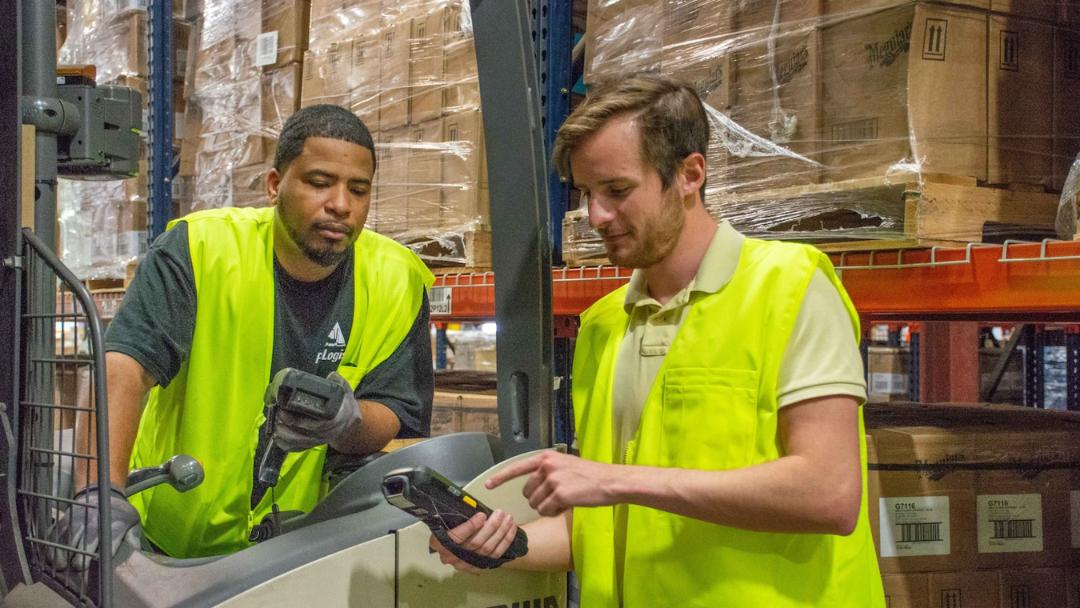Most companies are intent on improving their results. Implementing practices to enhance culture and increase efficiency within the organization can help employees work smarter—not harder—to get there. Apollo Technical reports the average worker is productive for less than three hours a day, and this number drops drastically for those working in an office. This wasted time can be detrimental to the bottom line, so it's essential for organizational leaders to empower their workforce to increase their efficiency.
Practices for fostering a more supportive and productive work environment include:
Establishing a team mission
Efficient teams have a goal from the start. It's largely up to organizational leaders to ensure a team mission and a timeline of goals are established so employees have a clear understanding of what's to come. It may also be beneficial to open the team to a discussion, in the case of questions, ideas, suggestions or feedback throughout the process.
Utilizing personal strengths and weaknesses
Understanding your team's strengths and weaknesses can help leaders allocate tasks to increase productivity, as well as implement learning and development opportunities to bridge individual skill gaps along the way. Utilizing your team's diverse skill-set is a linchpin of efficiency, as well as highly motivating to employees who feel they are effectively offering their knowledge, talents and expertise to the organization.
Ensuring proper communication
Communication is a key factor in improving team productivity, and managers play a large role in ensuring this collaboration is clear and constant. This generally involves leaders establishing clear roles and responsibilities for their workforce, as well as promoting sharing and contribution within the teams themselves.
Eliminating unnecessary meetings
Scheduling meetings that aren't needed can take valuable time away from your teams. A study from Atlassian revealed 73% of employees start working on other tasks during meetings, and 50% of employees perceive meetings to be a waste of time. When considering a meeting, confirm its necessity and who is essential for attendance so your teams can focus their energy on achieving their mission and objectives.
Embracing diversity and encouraging different viewpoints
Embracing diversity starts with the hiring process. Organizations that hire people from all walks of life have a competitive advantage due to the unique viewpoints and perspectives being brought to the table. This encourages collaboration amongst team members to improve their decision-making abilities and find the best and most innovative ideas together.
Recognizing and rewarding employees
To create a supportive work environment and encourage efficiency in the workforce long term, it's necessary to recognize and reward employees regularly. The Harvard Business Review found more than 40% of American workers would put greater effort into their work if they were recognized more often. This emphasizes the importance of acknowledging the workforce's efforts to ensure they're aware of their quality work and feel empowered to continue successfully.
Improving efficiency and overall culture within an organization is an ongoing engagement. It will take continued time and effort from organizational leaders to establish these structures, but by utilizing practices to foster a positive culture and employ more effective management, teams can be empowered toward productivity and success.


